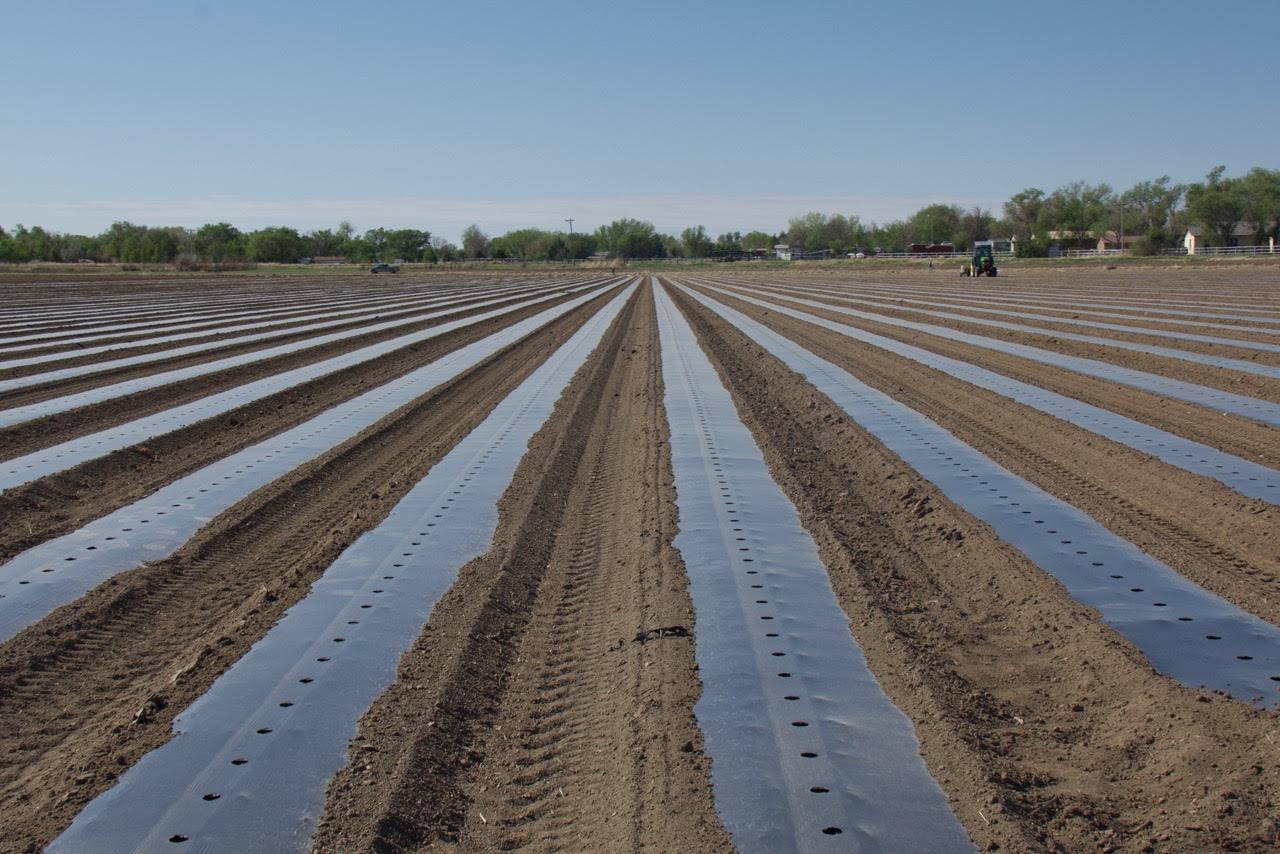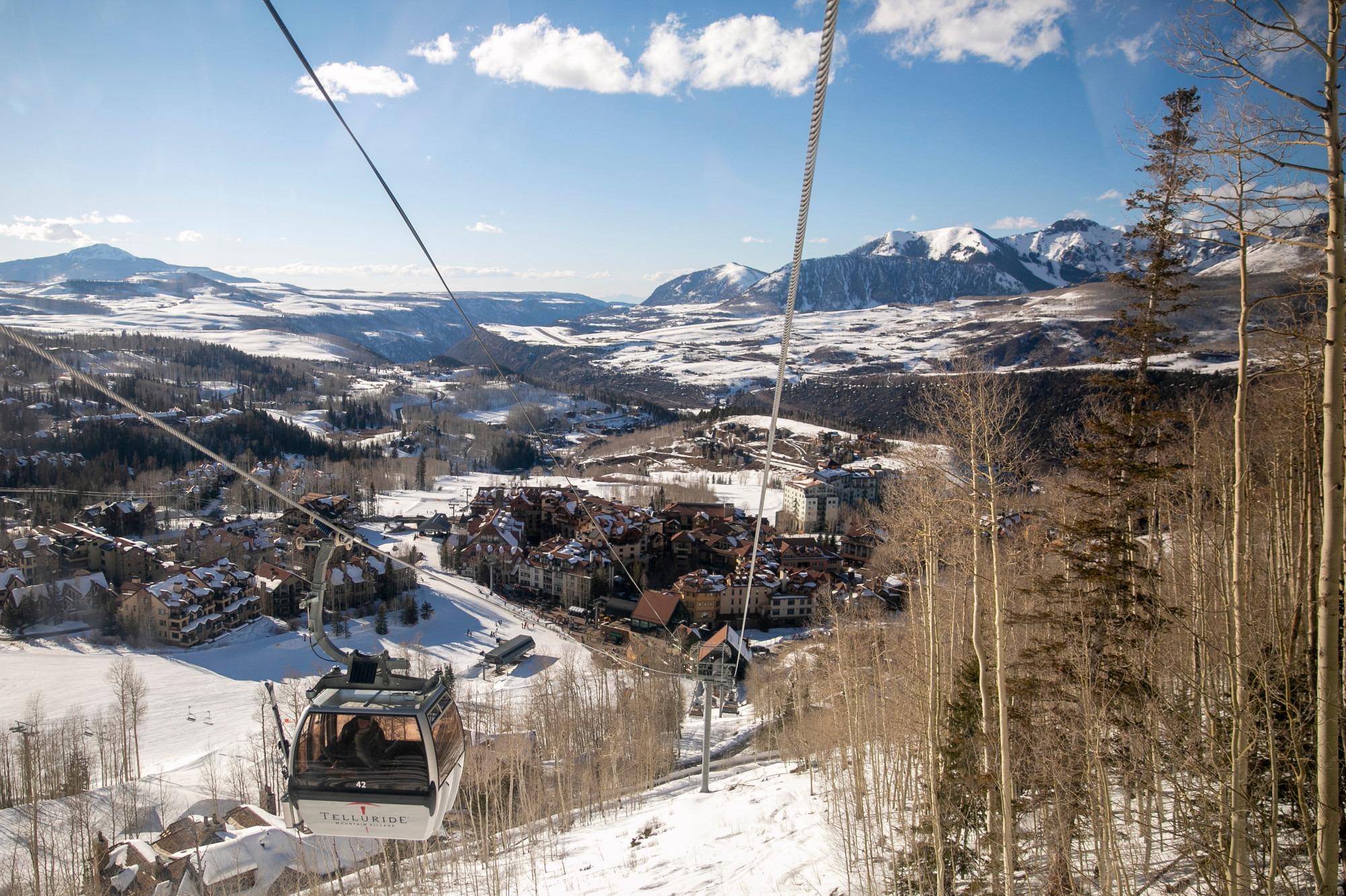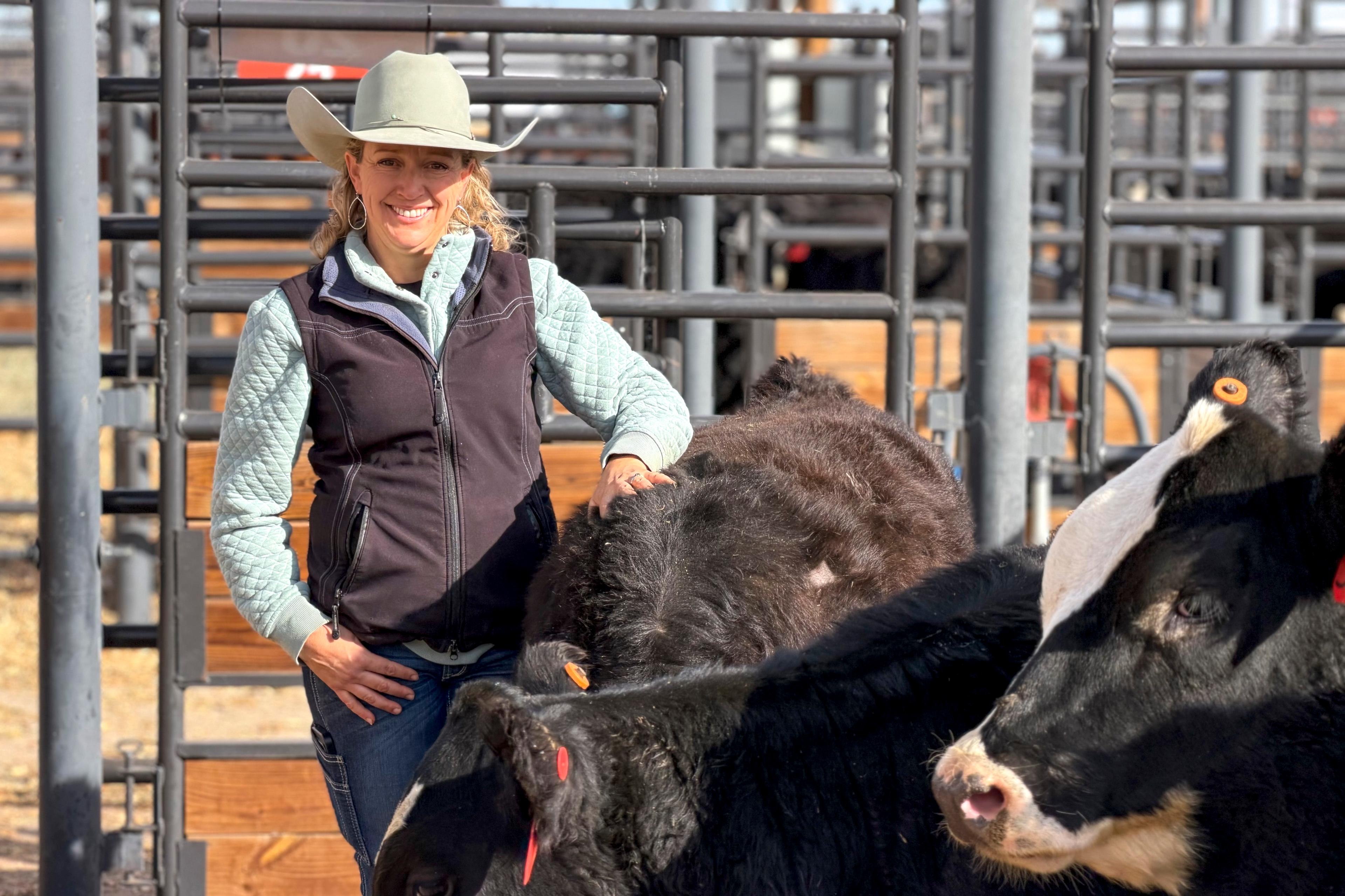

Everyday, southwestern Colorado rancher Matt Isgar starts an increasingly complex puzzle. The goal is to find food for his 135 cattle.
“Most of the pasture we used last year we’re not using this year because there’s no moisture,” Isgar said of the land he ranches in Hesperus, west of Durango. “There’s no new growth.”
With the dark red bull’s eye of exceptional drought looming over the Four Corners region, Isgar has lowered his grazing standards. He sold off 35 cows to stave off financial bleeding, but there are still costs.
“We’re spending more material and labor fixing fences and hauling water, and we’re supplementing with protein. So every day is more expensive to operate,” he said.
Hot and dry conditions have become an insidious foe to Colorado ranchers and farmers. While dry summers aren’t new, a winter and spring with little snow and rain have pushed parts of the state to get drier, faster. June marked the third warmest on record for the entire state. Colorado should soon see normal monsoon moisture, but that won’t help Rocky Ford cantaloupe farmer Greg Smith. The legendary local crop grows out on the southern eastern plains, another region dealing with exceptional drought.
Smith saw the writing on the wall with the spring’s low snow pack and only planted a third of his 100 acre farm.
“It’s just brown dry,” he said. “A match gets started on fire and you have a prairie fire that may run for miles.”
There’s a cost to leaving fields empty. Smith still treats the soil to prevent weeds. And financially, even with fewer acres planted, he has the same bills to pay. Even his retirement plans got delayed. His intention to build a second retirement residence was torched by the Spring Creek Fire.
“Actually, I think it’s probably going to be on hold for a couple of years to see how the place shapes up,” Smith said. “It’s not going to be the same as it was. That’s for sure.”
Nearby Baca County was the epicenter of the 30s dust bowl, so dryland wheat farmer Brian Brooks said he’s seen worse. His crop yields are down by about 5 bushels per acre. Prices have decreased slightly. His only saving grace at the moment was above average rainfall from last year that supercharged the soil. Farming advances have allowed him to conserve that moisture for his benefit for now.
The future likely will mean hotter temperatures which can prolong drought. Roger Pulwarty, a senior scientist at the National Oceanic and Atmospheric Administration, said hotter temperatures can prompt flash droughts, like in 2012, when the majority of the U.S. dried in just a few months.
“This idea of intensification in drought is what makes drought very unique … By the time it’s intensified, we’ve used up all the buffers we’ve relied on, [like] cheaper grain. And now we’re at the mercy of a very, very strong event,” he said.
It feels like that hotter drier future has already arrived for hay grower Ed Zink. For 70 years he’s lived on Waterfall Ranch, near Durango. He typically sees the namesake waterfall on the nearby rocky cliffs — but not this year. It’s a first for Zink.
“It’s not even keeping the rock wet. It is dry,” he lamented.
Zink watched the 416 Fire come within a half mile of this property in June, another first. Ample water rights for his property have meant little difficulty for growing hay this year. But 70 years ago, Zink said his property was situated at the edge of alpine forest. He could see desert to the south. That desert has started marching northward toward his farm.
“I don’t know how to exactly put it in perspective,” he said. “It feels like the edge of that desert has moved 50 or 75 miles in my lifetime.”
Zink’s neighbor’s wells have started to dry up, another change in his lifetime. Groundwater is on the decline, and the cause is not fully known. La Plata County plans on a comprehensive study of the problem. The picture adds up to a landscape of more people making due with less water.









